Page Created by Connecticut Foraging Club
Upcoming Events | Meet the Instructors | Plant Archive | Mushroom Archive
----------------
Upcoming Events | Meet the Instructors | Plant Archive | Mushroom Archive
----------------
Common Milkweed (Asclepias syriaca) is a native perennial with multiple edible parts.

Common milkweed can be found in meadows and fields which receive full sun.
Leaves are opposite and oval-shaped with smooth edges. The stem is round and slightly fuzzy. It produces sap when broken. The pink flowers have five petals arranged in a circular fashion. The flowers are clustered in spherical umbels.
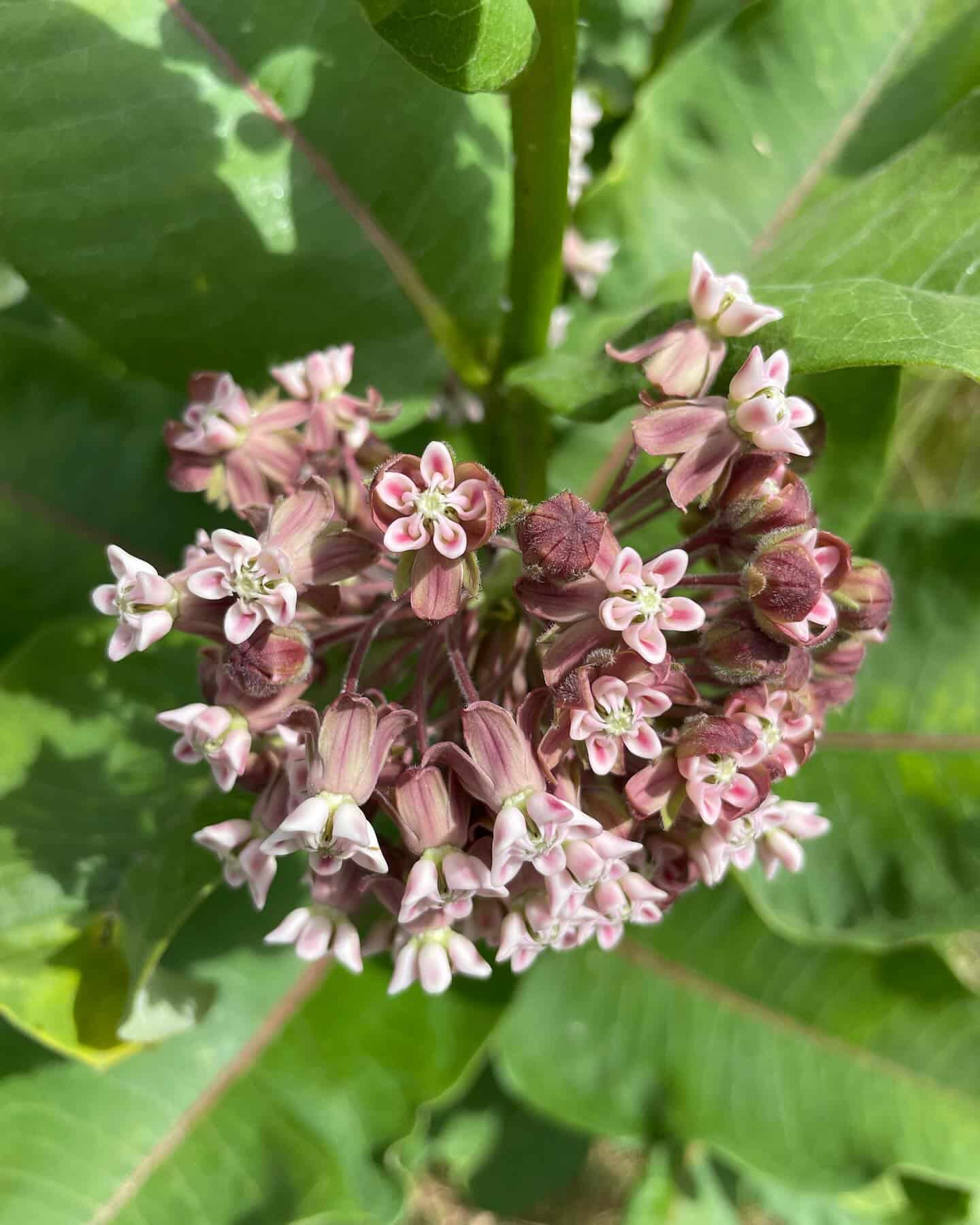
Common milkweed shoots can be collected when young. The top 4-6 inches can be cut in the spring when the stems are tender. Shoots must be blanched for 1-3 minutes before consuming. At this stage, common milkweed is easily confused with dogbane (Apocynum cannabinum), which is toxic and bitter. Dogbane has narrower and pointed leaves and smooth reddish-brown stems.
Immature flower heads can be steamed, blanched, or dried in late spring.

Individual unripe flower buds can be fermented or salted and used like capers.
Flowers can be consumed raw in small amounts or infused in liquor or vinegar for a sweet and floral drink.
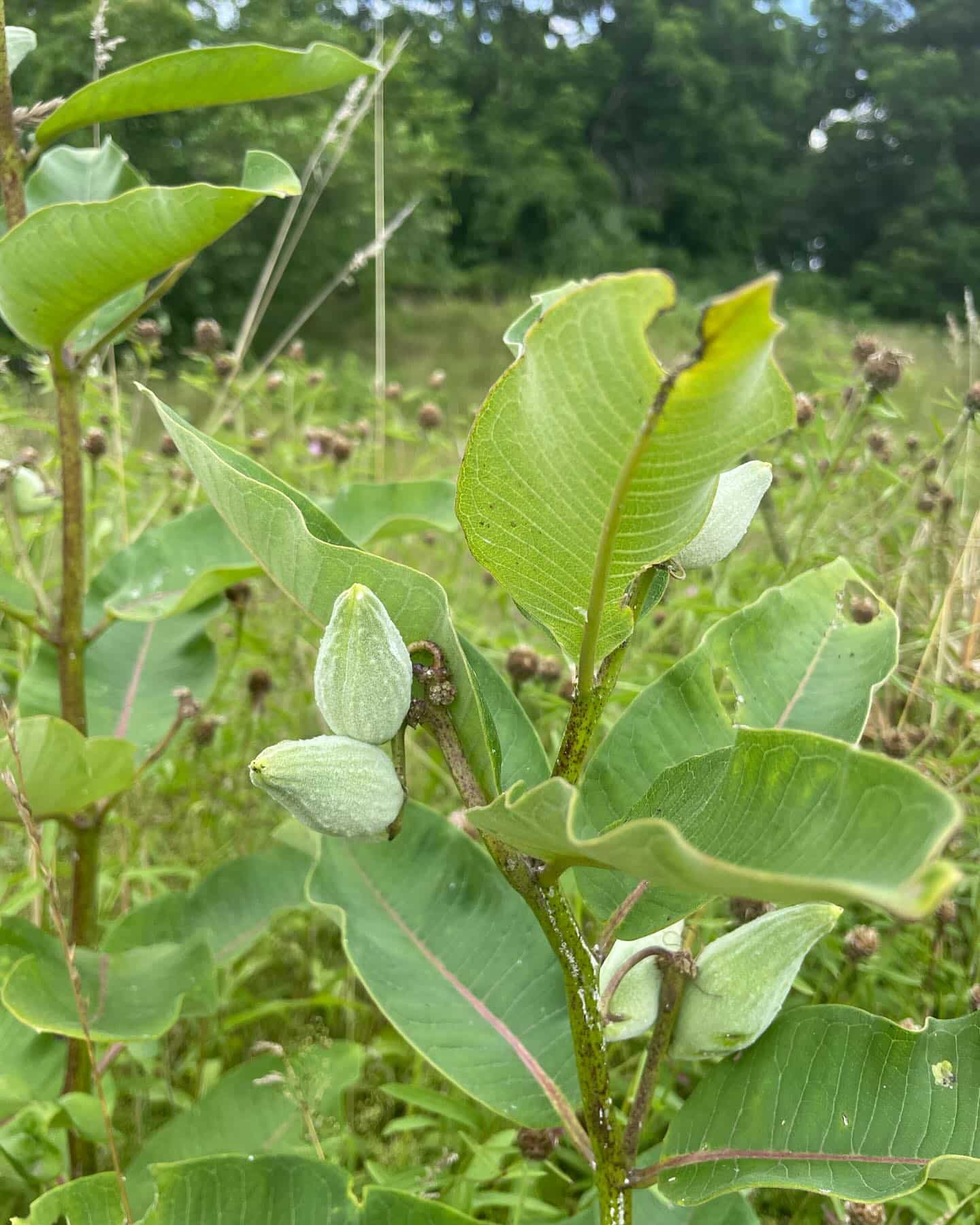
Flowers become pods in mid-summer which can be collected when they are less than two inches long. The inside should be completely white. They must be blanched, steamed, or fried before consumption.
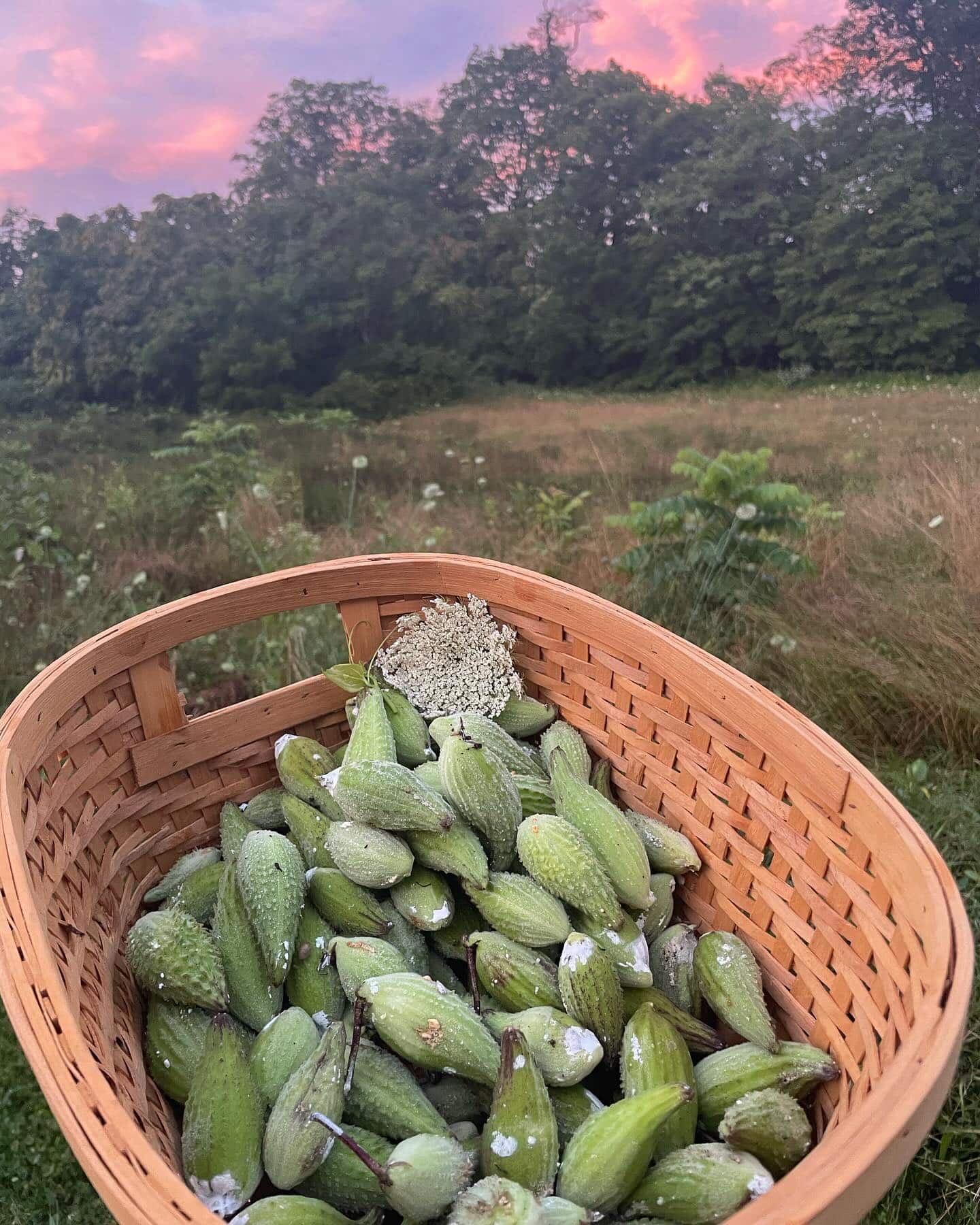
Raw milkweed contains cardiac glycosides and other compounds that need to be denatured by cooking.
Being a native plant, less than 25% of the pods/immature flower heads should be collected and only from large healthy colonies. This is also a great plant to propagate in yards as a huge threat to many native plant populations is decreasing habitat!
--
Written by Amy Demers, founder of the Connecticut Foraging Club. To learn more about foraging in Connecticut, check out our upcoming classes.


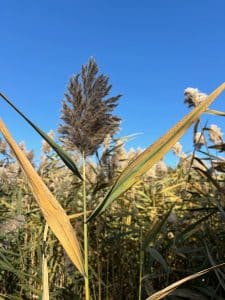
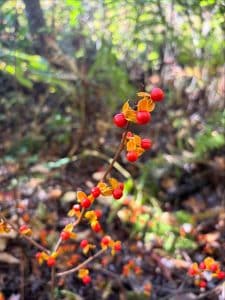
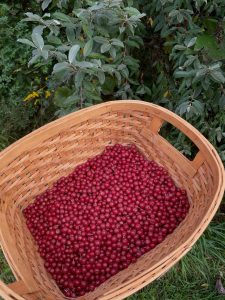
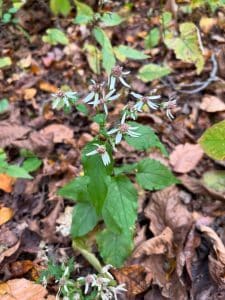
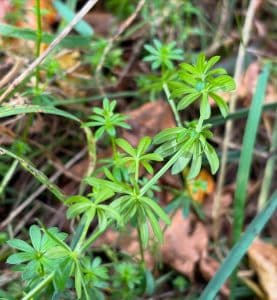
One Response
I just found your site.
I love it. Have you published any books?
I love the content.